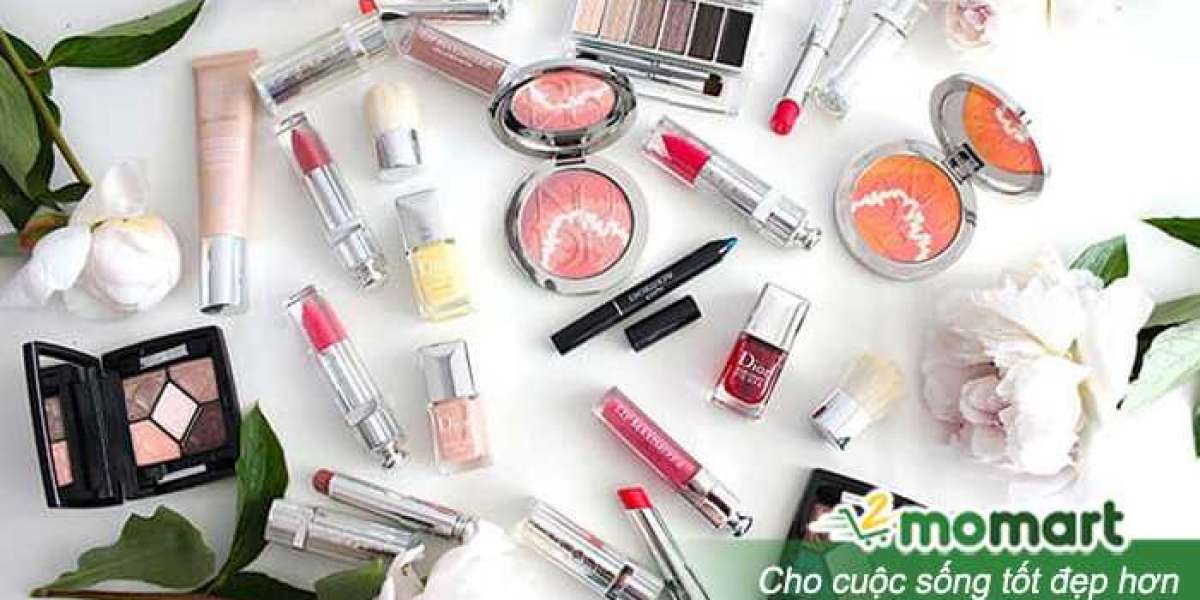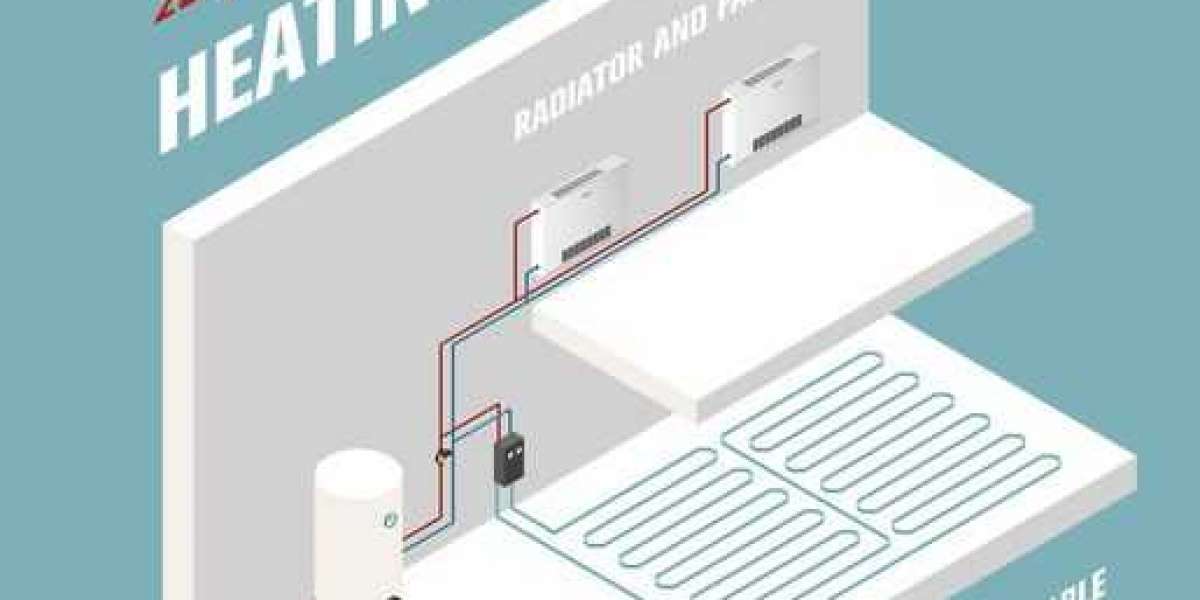Original title: Wearing a mask correctly is an important means to prevent COVID-19, but wearing a mask alone cannot prevent COVID-19! In recent days, the epidemic has suddenly rebounded, and many confirmed cases of COVID-19 have appeared in some areas of Shijiazhuang and Xingtai. We must reflect on what behavior habits must be adhered to for a long time in the prevention and control of COVID-19 pandemic, and what measures have not been implemented in place to allow the virus to take advantage of it. Masks can not only prevent patients from spraying droplets, reduce the amount and speed of droplets, but also block the droplet nuclei containing viruses and prevent the wearer from inhaling, which is an important line of defense against respiratory infectious diseases and can effectively reduce the risk of new coronavirus infection. In the prevention of COVID-19, wearing masks has always been one of the most important means for the public to protect their health. But wearing a mask alone cannot prevent the novel coronavirus! How should we choose and wear masks? The public should wear masks scientifically. The new coronavirus can droplet transmission through the respiratory tract. The droplet transmission distance is very short, generally within 1-2 meters, and it will not float in the air for a long time. If the patient is talking, coughing, sneezing, close contact with them, and no protective measures are taken, it is very easy to get infected. Wearing masks scientifically is an effective measure to prevent respiratory infectious diseases, protecting both oneself and others. The wearing method of the mask is as follows: ① Wash hands before (after) wearing (taking off) the mask; ② Put the waterproof layer (generally blue) of the mask outward, the non-woven fabric (generally white) inward, and the side with the metal strip upward, hold the lanyard and tie it to the back of the neck or ears; ③ Unfold the folded surface of the mask to completely wrap the nose, mouth and chin, and pinch the metal strip against the bridge of the nose with your hand to make the mask fit closely with the face, or blow and suck several times with your mouth to ensure the sealing effect. The majority of residents must choose masks reasonably, wear them scientifically when they go out, and carry spare masks with them. They should wear masks in time when they take public transport, go to public places where people are crowded and relatively closed, and encounter risks that they are unable to determine, and change masks in time when they are wet and dirty and lose their protective effect. Selection principle of mask Disposable medical mask: The most common type of medical mask, with a lower level of protection than a medical surgical mask. Recommended: Use in non-crowded public places. Medical surgical mask: There are three layers,Quickly Delivery Disposable Protective Clothing, with a filter layer in the middle, which can block body fluids, blood, bacteria and some particles. Recommended: medical staff in general outpatient clinics and wards; staff in crowded places, including hospitals, airports, railway stations, subways, ground buses, airplanes, trains, supermarkets, restaurants and other relatively closed places; staff engaged in administrative management, police, security, Virus Prevention Mask 3 Ply with Earloop ,Medical Full Body Coverall, express delivery and other employees related to the epidemic situation; Home-based quarantine and persons living with them. Expand the full text Protective mask for medical use: refers to the mask that meets the standard of "Technical Requirements for Protective Masks for Medical Use", the protective effect is higher than that of surgical mask, and it has the ability to prevent blood and infectious body fluids from splashing. It is recommended for medical staff in fever clinics and isolation wards and for the transfer of confirmed patients. Particulate protective mask of N95/KN95 and above standard: N95 is an international common standard, which means that the filtering efficiency of particulate matter reaches more than 95%. The larger the number, the stronger the filtering capacity. The protective effect of this mask is better than that of surgical mask. It is suitable for medical staff to supplement when the supply of medical protective masks is insufficient, but it is not recommended to use in areas with high humidity or risk of body fluid splashing, such as operating rooms. Recommended: selected for field investigation, sampling and testing personnel. Self-priming filter particulate respirator, also known as protective mask, is divided into full-face type and half-face type. The protection level is higher than that of medical protective masks. Recommended: Use under emergency conditions. The full-face type can be used for intubation, incision and other operations of patients or suspects. Powered air supply filter respirator: An electrically-powered air supply device is added to reduce the breathing load of the user to improve his comfort. Under the condition of high air supply volume, it can prevent the external polluted air from leaking into the mask during the inhalation process. At the same time, it combines the protection of breathing, eyes, face and head to meet the requirements of comprehensive occupational safety protection. Recommended: use in emergency. Wearing principle of mask Scientific and reasonable wearing, standardized use and effective protection. It is not necessary to wear masks in open and ventilated places in non-epidemic areas, and it is necessary to wear masks when entering crowded or closed public places. Disposable medical masks are recommended to be worn in open and ventilated places with high incidence of epidemic; surgical mask or particulate protective masks are recommended to be worn in crowded or closed public places. Personnel with suspected symptoms should wear particulate protective masks without exhalation valves or medical protective masks when they go to the hospital for treatment. Patients with underlying respiratory diseases should use protective masks under the guidance of doctors. Infants should not wear masks. Cotton gauze masks, sponge masks and activated carbon masks have no protective effect on preventing viral infection, but they also have the effect of reducing droplet dissemination caused by coughing, sneezing and speaking. Wearing a mask alone cannot prevent novel coronavirus. Is it enough to wear a mask to protect us from the virus? Of course not. Masks are just one of the ways we protect our health. Wearing masks alone is not enough to contain the virus. While wearing masks, we must take other protective measures, including washing hands frequently, disinfecting the surface of objects and so on. We must learn how to put on and take off the mask correctly. It is obviously not enough not to operate strictly in the right way. First of all, if you only wear a mask, but do not wash your hands frequently or touch your face with unwashed hands, or do not wash your hands carefully when wearing or taking off a mask, you still have the risk of being infected by the virus. Secondly, if you wear a mask but take it off to spit everywhere, wear a mask but take it off when sneezing or coughing, or touch your child's mask, face or hair without washing your hands, you may even become a transmitter of the virus. If you wear a mask but do not put it on or take it off correctly, or do not change it in time after repeated use, alternate use of inside and outside, wet or dirty, or pull the mask to the jaw, neck and other positions, or hang the mask on the arm, so that the inner layer of the mask is contaminated, there is still a risk of virus infection. In addition to the above details, it should also be noted that the mask should be replaced every 2-4 hours. If it is necessary to take off the mask, take off the whole mask directly, fold it in half and keep it properly, and wear it in time when needed. The discarded mask should be put into the garbage collection place. At present, the main form of transmission of COVID-19 is still through droplets and contact with surfaces contaminated by droplets. So in addition to wearing masks scientifically and putting the details in place, the measures to protect us from the new coronavirus include: Wash hands with soap and water or alcohol-based hand sanitizer, wash hands,KN95 Mask for Epidemic Prevention and Control, wash hands again; Disinfect the daily contact articles regularly; Keep a distance of more than 1 meter in social occasions; Don't touch your eyes or mouth and nose with unwashed hands (even if you already wear a mask); Cover your mouth and nose with a tissue or bend your elbow when coughing or sneezing. These measures have not changed, and we need to persist in them for a long time, starting from the details. Editor: Hai Jiao Editor: Guan Li Producer: Hu Feng Source Wireless Shijiazhuang Return to Sohu to see more Responsible Editor:. zjyuan-group.com
Search
Popular Posts
-
 {TOP 3+} Thương hiệu mỹ phẩm Hàn Quốc chăm sóc da tốt nhất
By minajasminej
{TOP 3+} Thương hiệu mỹ phẩm Hàn Quốc chăm sóc da tốt nhất
By minajasminej -
 Personal-Destructing Programs to send out Secure Information or Remain Arranged
By privnotew
Personal-Destructing Programs to send out Secure Information or Remain Arranged
By privnotew -
 Don't get bored with these sets of various artists during Easter weekend!
By Talent Scout
Don't get bored with these sets of various artists during Easter weekend!
By Talent Scout -
 Gymshark pants
By gregsteven
Gymshark pants
By gregsteven -
 Staying updated on changing laws
By Dfchtelar30
Staying updated on changing laws
By Dfchtelar30



